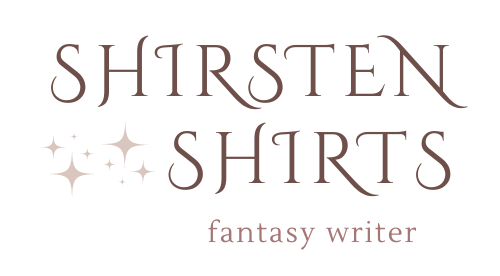2 Steps to a Compelling Character Arc
Character arcs. Big deal, right?
RIGHT.
If you’re writing a story, your character’s transformation—their inner journey leading them from one state of being to another—is crucial. Because this is the thing that arguably connects a reader most with your writing.
Growth and transformations is universal.
In fact, understanding Character Arcs (and therefore learning to write compelling and effective arcs) is one of the most important skills you can develop as a writer.
Often when you learn about writing, you’ll hear about the big three: character, plot, and theme.
Today’s post, in case you hadn’t noticed, is concerned with character.
Character encompasses who your character is, sure. What they look like, their backstory, etc. But more importantly, it encompasses the journey your character will take. The transformation they will undergo.
So to answer the question posed in the beginning once more. Yes. Character Arcs are important.
But what are they, really?
I’m going to keep it fairly simple and straightforward here. It can be crazy easy to get tangled in the weeds (and if you want to learn more about the details, check out this post), but to begin, all you really need is a basic understanding of what a Character Arc is.
First off, there are three types of Character Arcs you can choose to write.
A positive Character Arc, where your character changes for the better.
Think Ebenezer Scrooge in A Christmas Carol,
A negative Character Arc where they change for the worse.
Think Walter White in Breaking Bad
A flat Character Arc, where they don’t change at all.
Think Steve Rogers (aka Captain America) from Captain America: The First Avenger
Scrooge begins as a crotchety, selfish, greedy man. But by the end of his positive Character Arc, he has transformed into someone generous, joyful, and appreciative.
Walter White starts off scared, downtrodden, and timid. By the end of the series, he had become hardened, aggressive, and terrifying.
As for Captain America, this hero embodied a flat Character Arc. In the First Avenger movie, he began courageous, selfless, and tenacious. And by the end (spoiler alert!) he was willing to sacrifice his own life while still representing these traits.
If you take a second look at what I did there, you’ll see the easiest way to outline a Character Arc and discover what it is for your own hero.
It’s a simple 2-step process:
Write down a few traits that represent where your character BEGINS. (Are they timid? Rebellious? Selfish?)
Write down a few words that describe where they will be by the END of the story. By the time your story’s events have worked their magic on your character to help them become a better (for a positive Character Arc) version of themself. Think about their Need here. If your character needs to learn how to accept love, perhaps words like loving and self-worth will come up.
Note: You can also work backward! If you know where your character ends up but are having trouble with their starting point, write down who they are at the end and then brainstorm opposite characteristics. Do they become selfless and generous like Scrooge? Then start them off in a selfish, greedy place.
From a bird’s eye view, the idea of Character Arcs is actually quite simple. It’s the process of your character transforming. In a romantic comedy, our heroes can’t be together until they overcome their biggest weaknesses. Until they complete their Character Arc.
For example, in the movie Clueless (a retelling of Jane Austen’s Emma), Cher can’t figure out what she’s really looking for until she recognizes that she has been selfish, patronizing, and superior in her attempts at matchmaking.
She decides to “make over her soul,” and by the end, she has become more kind, humble, and generous. (And able to get with Paul Rudd.)
A great activity (one I employ all the time) is to look at your favorite stories. Analyze those protagonists’ Character Arcs. What kind of people are they at the beginning? How have they changed by the end?
And, of course, have fun!
The fastest way to write a strong story is with an effective outline that plots your novel’s beating heart.
In Outline Your Novel, you’ll learn exactly what these beats are, why they matter, and how to outline them effectively to make your story sing.




